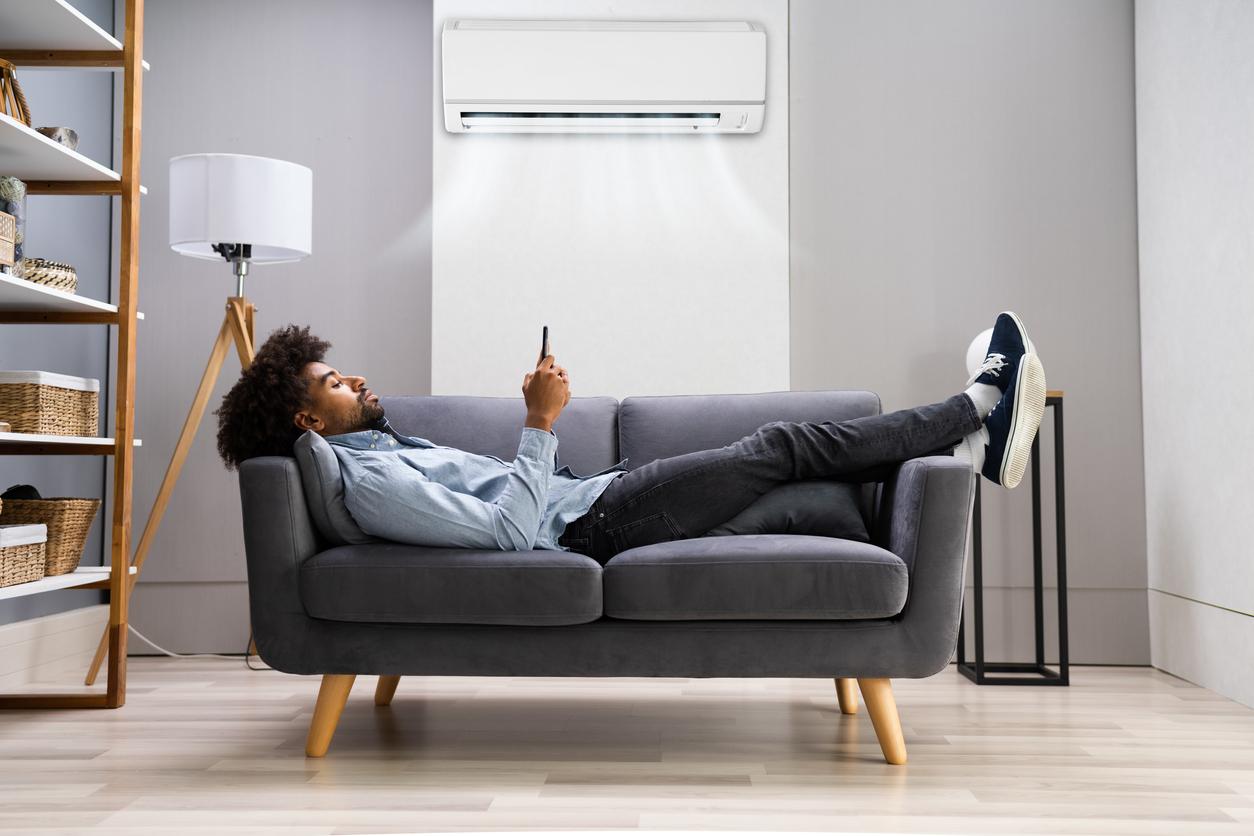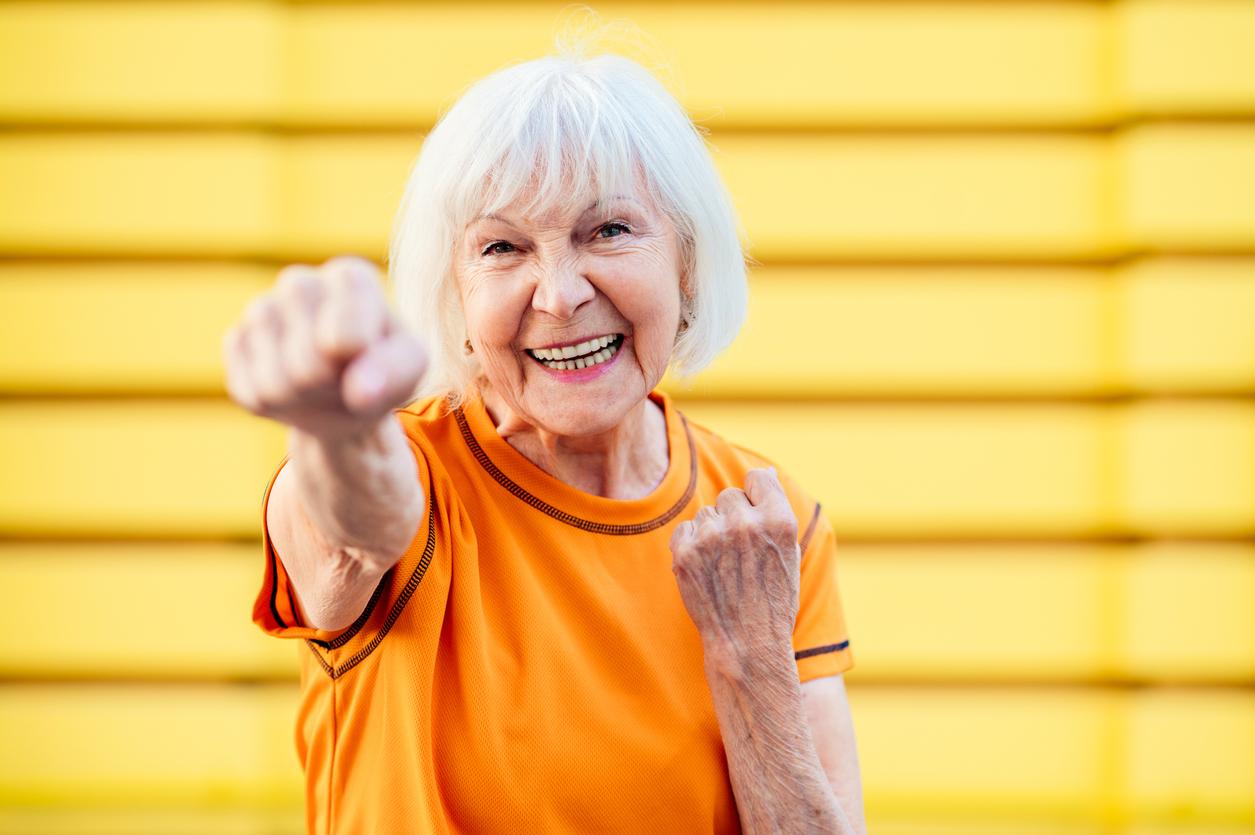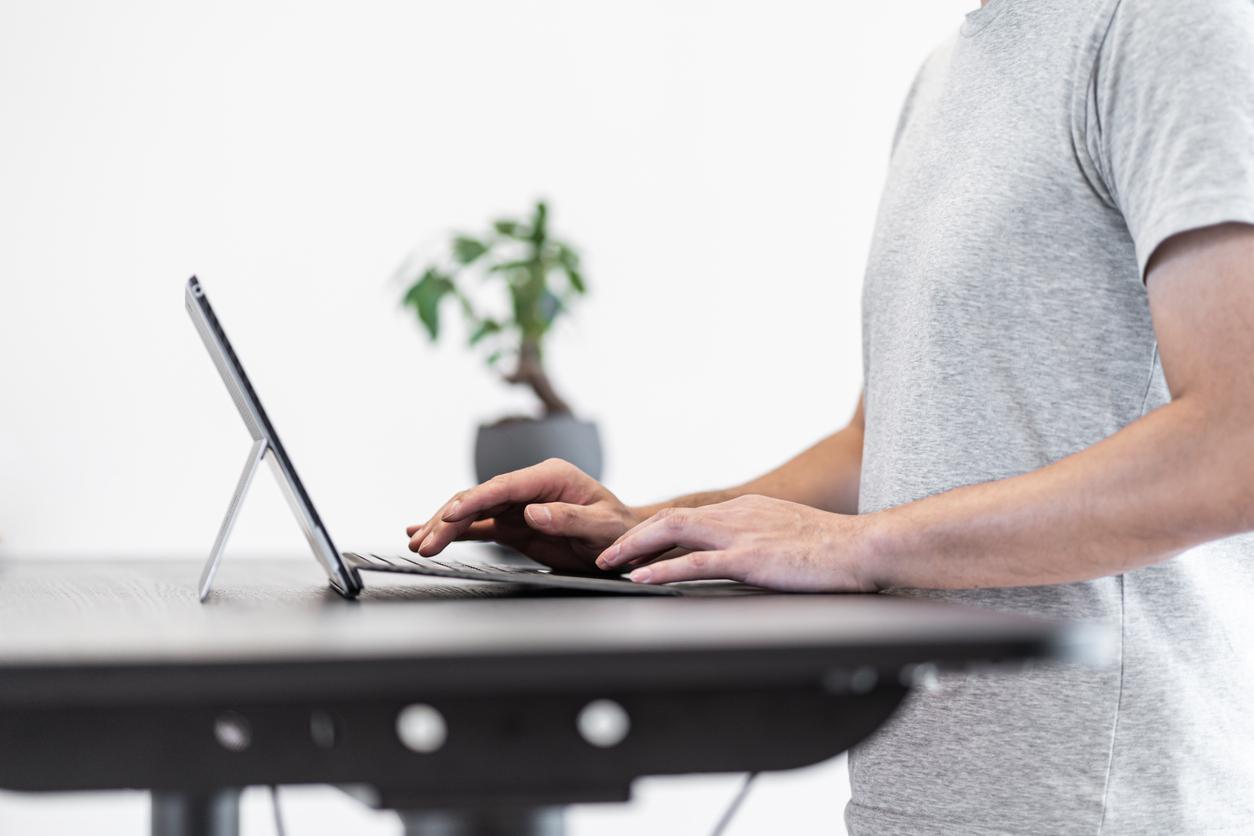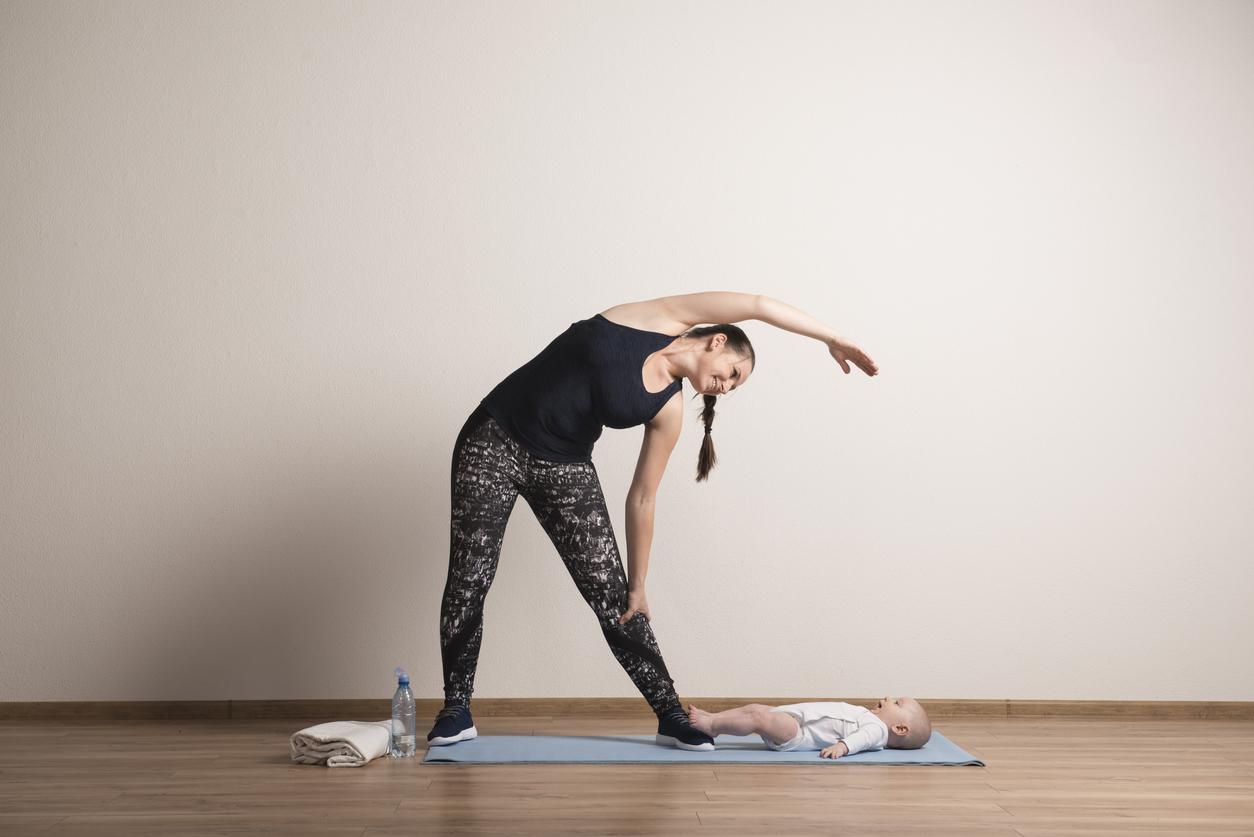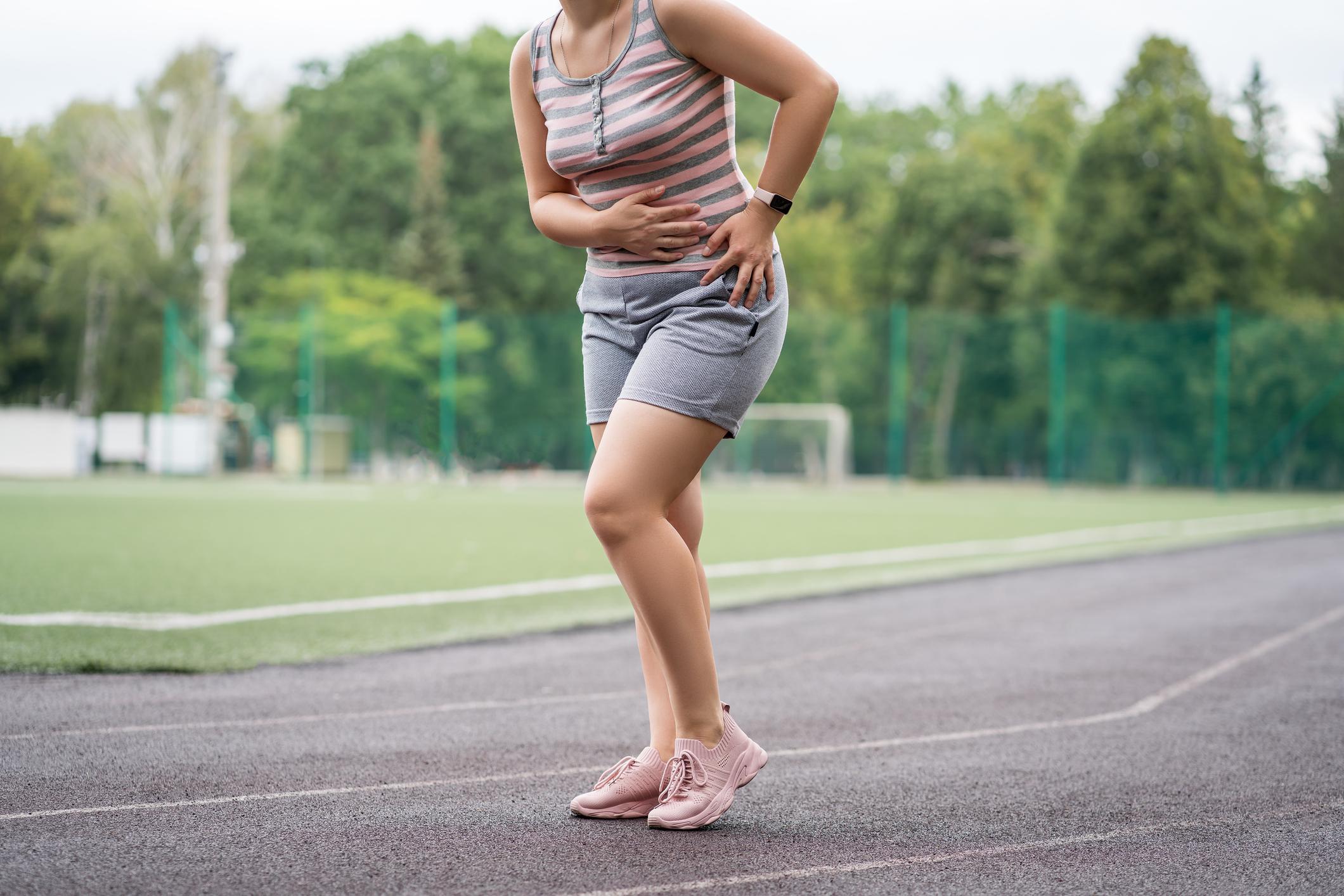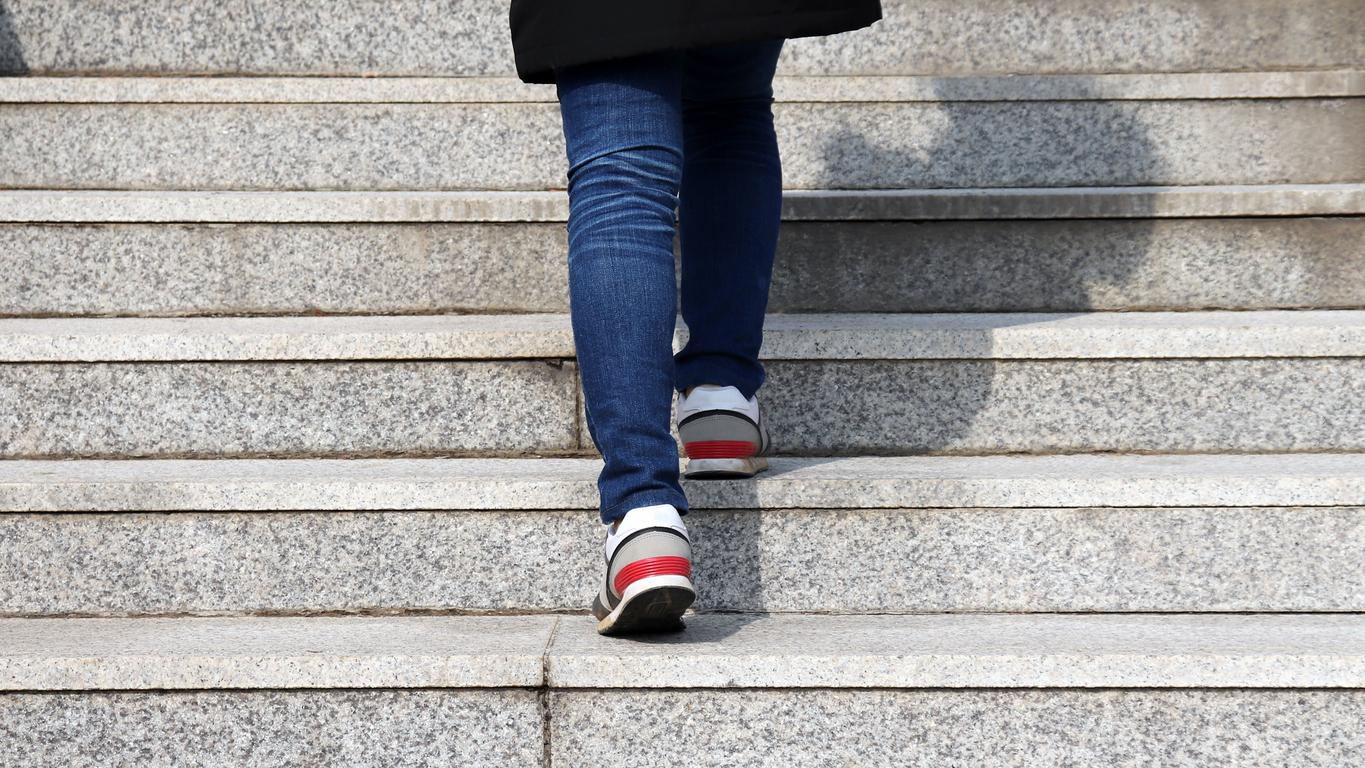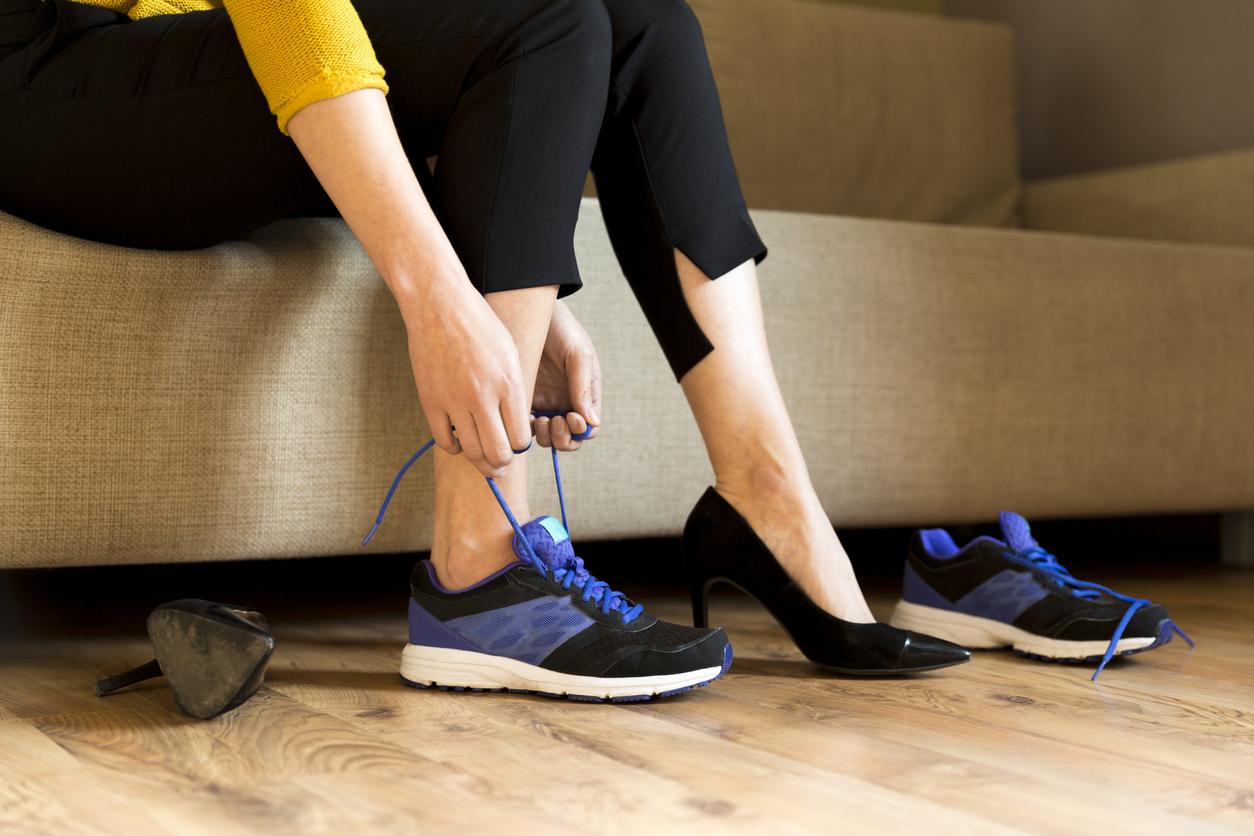Summer is vacation time but also high temperatures. To properly manage your venous problems during this season, the advice of a vascular doctor.
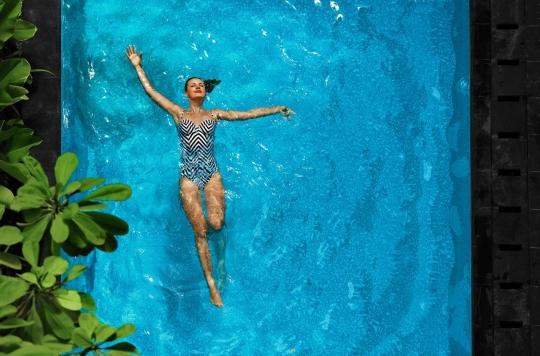
Summer vacation may be the right time to get into the right habits when it comes to preventing venous disease. Quite simply because these summer weeks are conducive to the practice of highly recommended physical activities to promote venous return. It is indeed this function of our circulatory system which is involved in venous insufficiency, the blood rising badly in the veins which dilate by creating varicose veins and hypertension downwards which causes the vessels to burst. So make way for swimming, cycling and aquabike to fight against heavy legs or varicose veins!
“Avoid anything that aggravates the disease”
“Prevention is very important in venous insufficiency, we must avoid anything that aggravates the disease”, emphasizes Dr. Christelle Bougard, vascular doctor and phlebologist. Physical exercise, under certain conditions, is one of the elements of this prevention of a disease, one of the avoidable causes of which is the fight against too great a sedentary lifestyle. Hence the interest of the practices mentioned above. At a time when the rise in temperatures risks aggravating certain symptoms of the disease, you might as well take advantage of this period for activities related to swimming and these moments of free time for bike rides. “On the other hand, it is necessary to avoid sports with jolts such as jogging or tennis, because they shake the venous column [expression qui traduit la notion de travail vertical de la circulation veineuse, NDLR] and weaken it”, specifies Christelle Bougard.
“Heat dilates the veins”
Other hobbies that are better avoided in case of venous disease, saunas, hammams… and prolonged exposure to the sun. Exit the tanning session! “The heat dilates the veins”, confirms Christelle Bougard, who for this reason adds waxing to non-recommended practices. In the same way, if your holidays include their share of visits to tourist or cultural sites, beware of too static standing stations or trampling.
If the profession practiced or the circumstances require such postures, the solution may be to wear restraints. “These are tights, stockings or knee-highs, which tighten more at the bottom of the leg and less at the top, which helps the veins to bring the blood up and to drain”, emphasizes Christelle Bougard, adding that these garments found on the market offer several compression forces ranging from 1 to 3 depending on the severity of the venous insufficiency and are available on medical prescription. “They help to relieve but also to stabilize the venous disease”she says.
Below, the interview with Dr. Christelle Bougard:
Find the program “Questions aux Experts” on venous disease with Doctor Vincent Crébassa:









